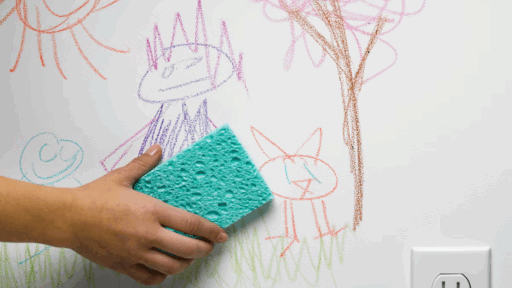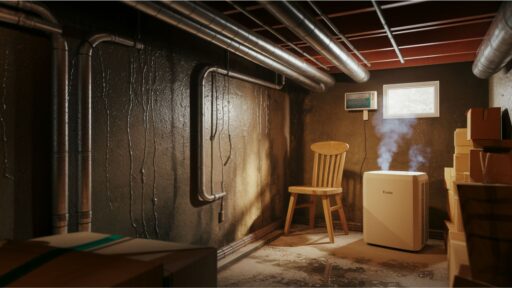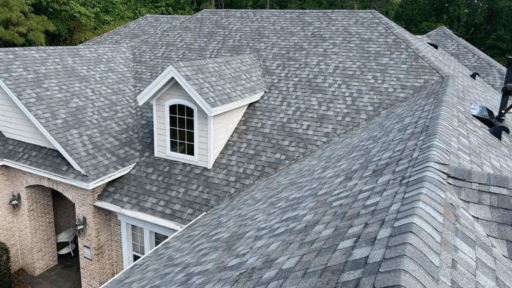Walls go through a lot. Over time, they can collect fingerprints, smudges, water marks, cooking grease, crayon drawings, and more. You want your walls to look clean, but you also don’t want to ruin the paint.
If you’ve ever scrubbed a little too hard and watched your paint come off, you’re not alone. Many of us have made that mistake at least once.
The good news? You don’t have to live with dirty walls or risk damaging them while cleaning.
In this blog, I’ll show you how to remove wall stains without removing paint. I’ll include gentle methods, smart tips, and real advice. These tricks are easy, budget-friendly, and safe for most painted surfaces.
What to Know Before Cleaning Painted Walls?
Before you start cleaning painted walls, it’s important to know what type of paint you’re dealing with.
Flat or matte paint can be delicate, while semi-gloss and gloss finishes are more durable. Always test a small hidden area first to make sure the cleaner won’t damage the paint.
Use a soft sponge or cloth – never anything rough. Mild soap and water usually do the trick. Avoid harsh chemicals or bleach, which can ruin the color or finish.
Work from the bottom up to prevent streaks, and dry the wall with a clean towel when you’re done. With the right method, you can keep your painted walls looking fresh without peeling or fading the surface.
Removing Wall Stains Without Paint Damage
Removing wall stains doesn’t have to be difficult or risky for your paint. With the right approach, you can lift stains without damaging your painted walls.
Step 1: Prepare the Room
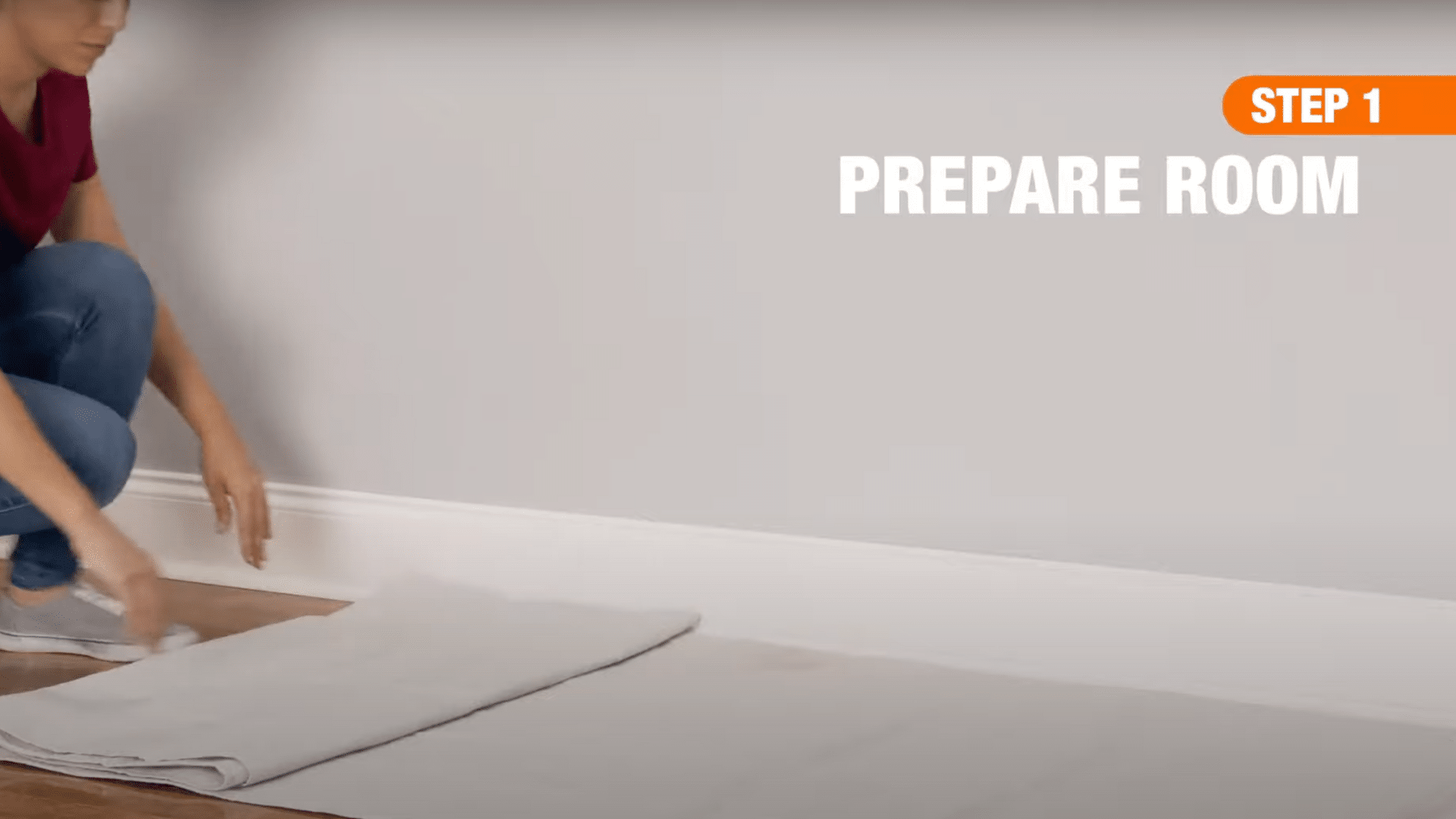
Before you begin cleaning, move any furniture, wall decor, or artwork away from the walls. This gives you full access to the surface and protects your belongings from getting splashed or damaged.
It also helps prevent accidents, like bumping into furniture while scrubbing. Lay a drop cloth or large towel on the floor to catch drips and protect your flooring from water or cleaning solution.
Step 2: Dust the Walls
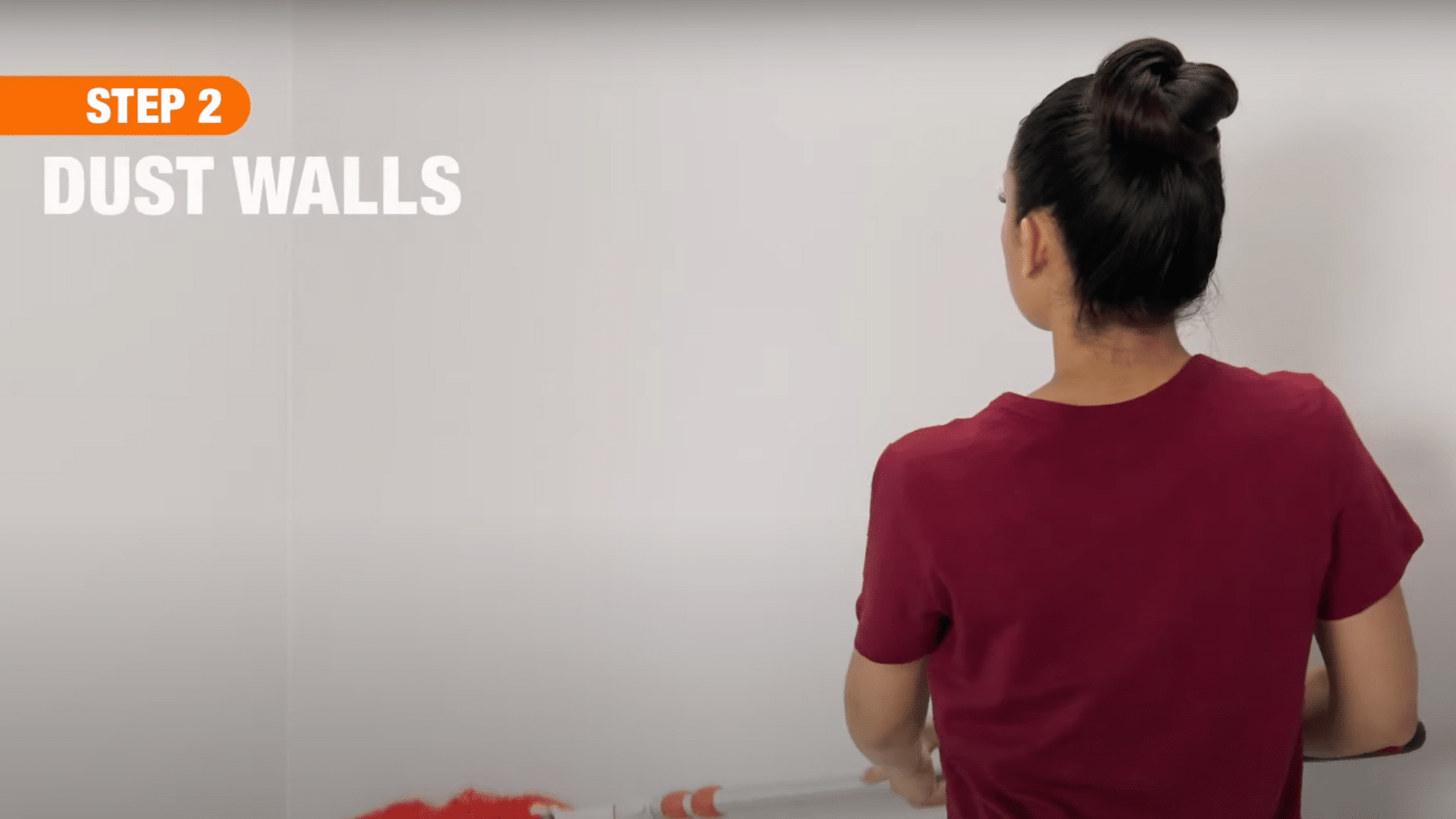
Use a long-handled duster or a dry microfiber cloth to dust your walls, starting at the top and working your way down. This step helps remove loose dirt, cobwebs, and other particles that can smear when wet.
Dusting first ensures your wall surface is clean and ready for washing, so you don’t end up spreading grime during the next step.
Step 3: Wash the Walls Gently
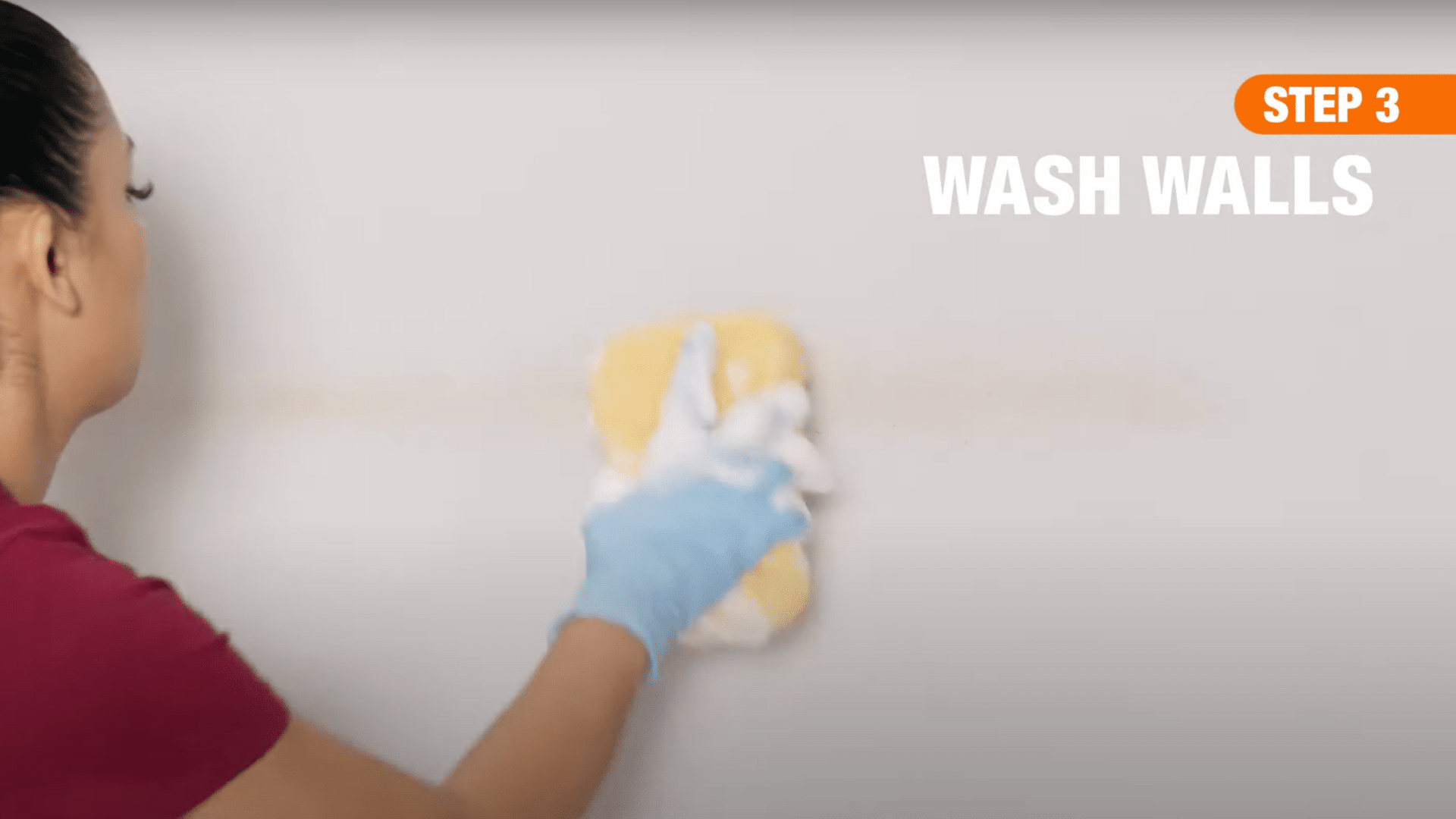
Dip a soft sponge into the soapy water and wring it out well so it’s damp, not soaking. Start washing the walls section by section, moving from top to bottom.
Rinse your sponge frequently in the cleaning solution, wring it out thoroughly, and continue wiping. This helps remove dirt without over-wetting the walls, which could cause damage to paint or drywall.
Step 4: Tackle Stubborn Stains
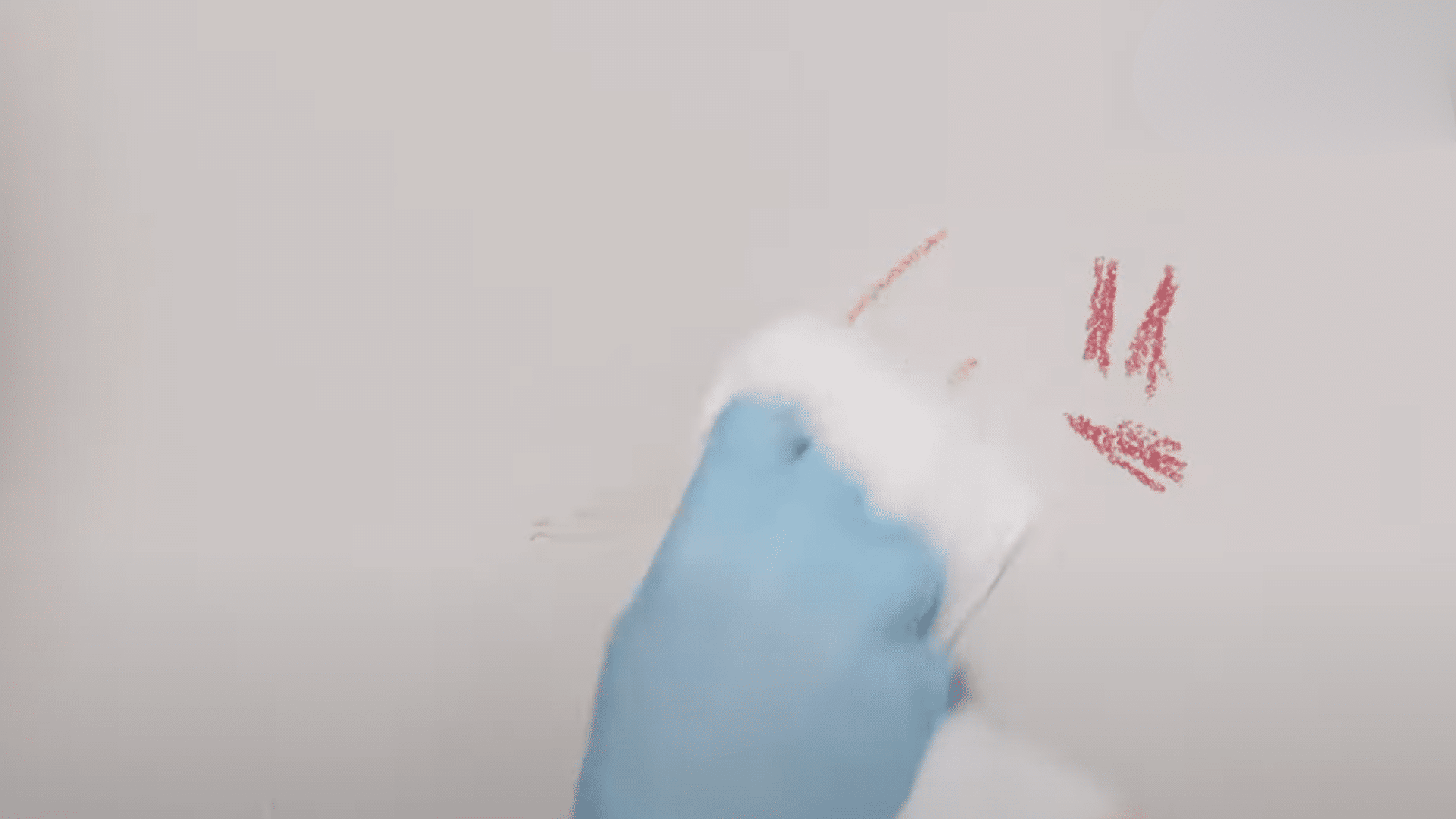
For any tough marks that didn’t come off with the soapy water, dip a damp cloth into dry baking soda and gently scrub the spot.
Baking soda is a mild abrasive that can lift stains without harming most paint finishes. After scrubbing, wipe the area clean with a damp cloth to remove any residue.
Step 5: Let the Walls Dry
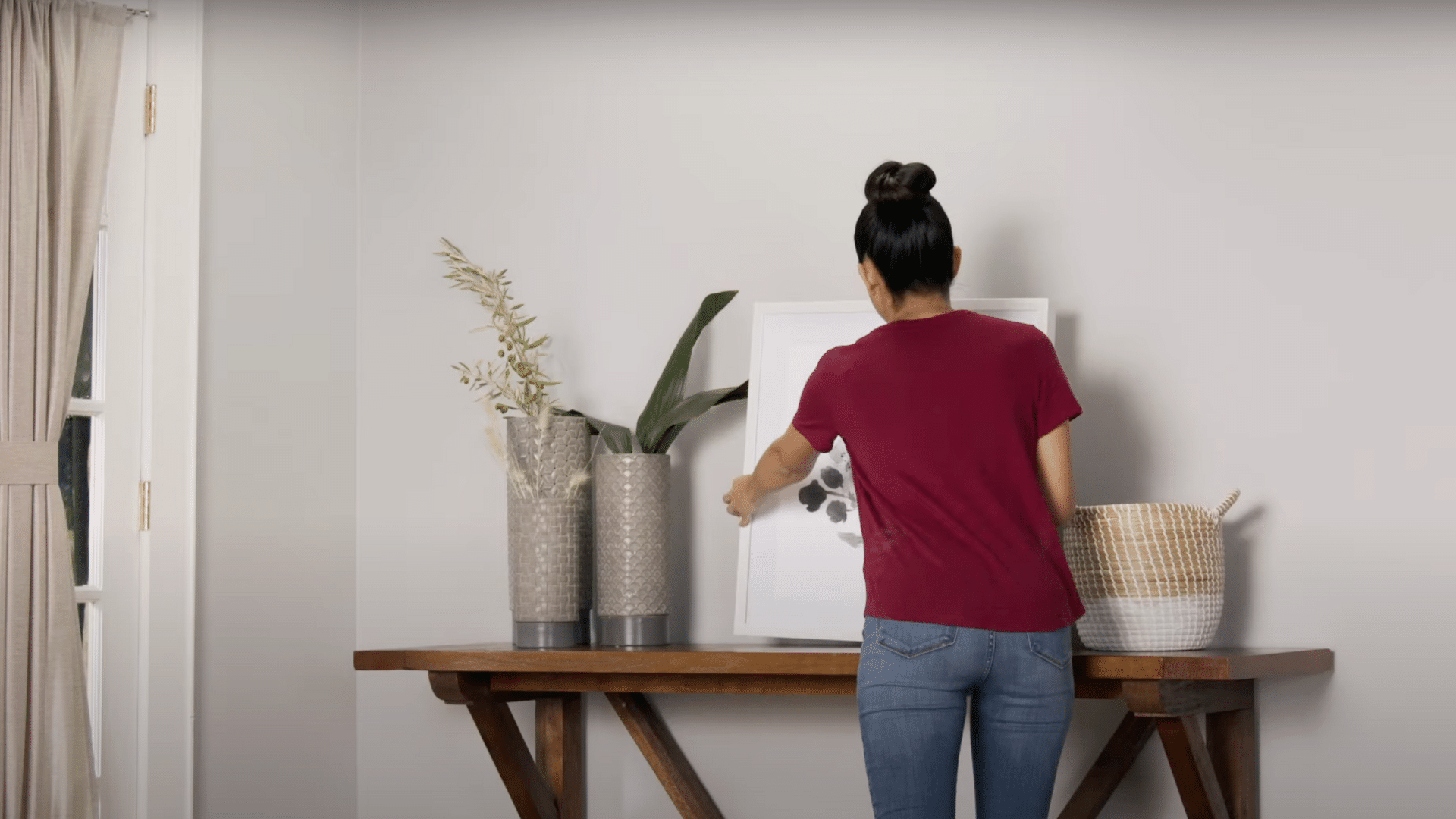
Once you’ve finished cleaning, allow the walls to air dry completely. You can open windows or use a fan to help speed up the process.
Avoid rehanging artwork or pushing furniture back against the wall until the surface is fully dry to prevent moisture damage or smudging.
For a visual guide on how to clean stains, you can also refer to this video by @HomeDepot on YouTube.
Safe Methods to Remove Wall Stains Without Damaging Paint
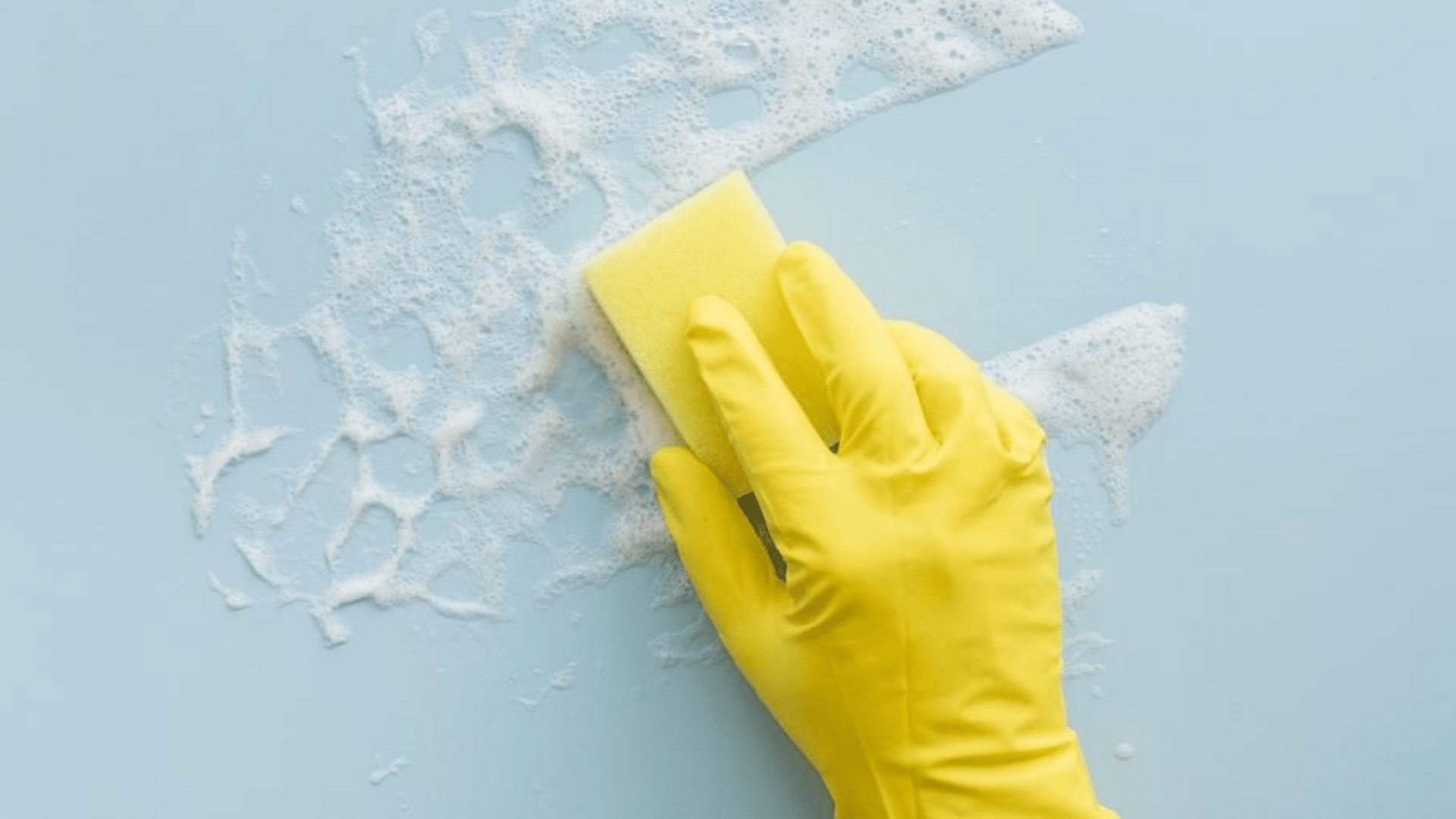
When I clean painted walls, I stick to gentle methods to keep the paint looking good. Harsh cleaners or scrubbing too hard can ruin the finish. That’s why I use soft tools, mild soap, and light pressure.
1. Use Warm Water and Dish Soap
One of the simplest and most gentle ways to clean painted walls is by using warm water mixed with a few drops of mild dish soap. This method is perfect for everyday stains like fingerprints, smudges, and light dirt.
Just dip a soft sponge into the soapy water, wring it out well so it’s not dripping, and gently rub the stained area in small circles. Afterward, wipe the area again with clean water to remove any leftover soap, then pat it dry with a clean towel.
Dish soap works because it breaks down grease and dirt without harming the paint. As one Reddit user shared, using Dawn dish soap and warm water on hallway walls worked perfectly and didn’t fade the paint at all.
2. Try White Vinegar and Water
If you’re dealing with kitchen grease, light mildew, or other sticky stains, a mix of white vinegar and water can help. This natural solution is safe for most painted walls and works by cutting through grime and disinfecting at the same time.
Mix equal parts vinegar and warm water in a spray bottle or bowl. Spray the mixture directly onto the stain or apply it with a soft cloth, let it sit for about a minute, and then gently wipe it clean.
Be careful not to use vinegar on nearby marble or stone surfaces, as it can cause damage.
A Quora user shared that vinegar and water cleaned bacon grease splatters from their painted kitchen walls without leaving any marks.
3. Baking Soda Paste for Tough Stains
For tougher marks like crayon drawings, scuff marks, or sticky residues, baking soda can help. It’s slightly gritty, so it can scrub away stains, but it’s still safe on paint when used gently.
Mix one tablespoon of baking soda with a little water to make a paste. Use a soft cloth or sponge to apply the paste to the stained area and rub gently in a circular motion.
Once the stain lifts, wipe the spot clean with a damp cloth. A Reddit commenter said that baking soda paste worked well to remove crayon without damaging their eggshell paint, but warned not to scrub too hard.
4. Use a Magic Eraser
Magic erasers are popular for removing stubborn stains, but they should be used with care. These sponges are slightly abrasive, which means they can wear down paint if used too roughly.
To use one safely, dampen it slightly and squeeze out the excess water. Gently rub the stained area in one direction without pressing too hard.
Stop immediately if you notice the paint fading. They work well for things like marker stains and black scuff marks, especially on glossy or satin finishes.
However, a Quora user warned that magic erasers removed some of their matte wall paint, so always test in a small, hidden spot first.
5. Hydrogen Peroxide for Mold or Mildew
If you find mold or mildew stains in areas like bathrooms, laundry rooms, or basements, 3% hydrogen peroxide is a safe option. It disinfects the area and helps lift dark mildew spots without damaging the paint.
Pour the peroxide into a spray bottle and spray it directly onto the stained wall. Let it sit for about 10 minutes to work its magic, then wipe the spot clean with a dry or damp cloth.
While it’s generally safe for painted walls, especially those with a semi-gloss finish, you should still test it first to be sure your paint doesn’t react.
6. Baby Wipes for Quick Cleanups
Baby wipes aren’t just for changing tables; they’re one of the easiest and gentlest ways to clean walls without damaging paint.
They’re moist, soft, and contain mild cleaners that are safe for skin, which also makes them safe for painted surfaces.
They work great for fresh stains like fingerprints, food splashes, or little messes left by kids or pets. One Reddit user said they rely on baby wipes for quick cleanup because they don’t leave streaks or damage the wall at all.
Just wipe the stain and toss the wipe; no rinsing or drying needed.
7. Rubbing Alcohol for Ink and Marker
When ink or permanent marker ends up on your walls, rubbing alcohol might be your best bet.
Use a cotton ball or soft cloth dampened with 70% rubbing alcohol and gently dab, don’t rub, the stained area. The alcohol helps break down the ink so you can blot it away.
Once the mark fades, wipe the area with a damp cloth to remove any leftover alcohol.
Be cautious, though. This method is stronger than others, making it best suited for small spots and recommended for testing first, especially on dark or flat paints that are more prone to fading.
How Often Should You Clean Your Walls?
Keeping your walls clean doesn’t mean scrubbing them every week. A simple schedule can help you stay on top of it without much effort.
Most people do a quick spot clean of high-traffic areas, like hallways, kitchens, or near light switches, once a month.
Every 3 to 6 months, it’s a good idea to gently wipe down the entire walls using a damp cloth or a light cleaner like diluted dish soap.
Once a year, you can go deeper by using a gentle cleaning solution, such as dish soap or vinegar mixed with water, to give your walls a full refresh. This routine keeps your walls looking good while protecting the paint.
What If the Paint Still Comes Off?
Even with the safest cleaning methods, sometimes old or low-quality paint might still come off. If you notice fading or peeling during cleaning, don’t panic.
Start by touching up the spot with leftover wall paint, using a small artist’s brush for more precise coverage. This usually blends in well and covers minor damage.
If the spot is large or very noticeable, you may need to repaint the whole section for a smoother look.
A helpful Reddit user shared, “Always keep a small container of the wall paint used. Makes touch-ups way easier.” Keeping a bit of extra paint stored in a labeled jar can save you time and stress when these small issues come up.
Tips for Keeping Walls Clean for Longer
Keeping your walls clean isn’t just about scrubbing away stains; it’s also about preventing them in the first place.
- Use washable paint in busy areas: For high-traffic spots like hallways, kitchens, or kids’ rooms, choose a paint with a washable finish, such as satin, eggshell, or semi-gloss. These are easier to clean than flat or matte finishes.
- Do regular wipe-downs: Don’t wait for dirt to build up. Lightly dust or wipe your walls every 2–3 months using a microfiber cloth or dry mop. This keeps stains from settling and becoming harder to clean.
- Add door stoppers and bumpers: Door handles and knobs can leave dents or scuff marks on your walls. Installing rubber or foam stoppers behind doors can prevent this kind of wear and tear.
- Use furniture pads: Chairs, tables, and even beds can scratch or mark walls when bumped. Stick felt pads or rubber bumpers on the backs of furniture that sits close to your walls.
- Use wall art or decorative hooks thoughtfully: Wall hangings can cover existing marks and prevent new ones in high-touch spots. Hooks and shelves also keep bags, hats, and coats off the floor and away from painted surfaces.
Conclusion
If you’ve ever hesitated to clean a dirty spot on your wall because you were scared the paint might come off, I completely understand. I used to feel the same way.
But over time, I’ve learned that with the right approach, you can safely clean painted walls without ruining the finish.
The tips shared in this post, like using warm soapy water, vinegar, baking soda, and even baby wipes, are gentle, affordable, and actually work. And best of all, they’ve been tested by real people, not just experts in a lab.
So the next time you see fingerprints in the hallway or splatters near the stove, don’t stress. Just start small, go slow, and trust that you’ve got what you need to handle it. Your walls can look clean again, without a paint touch-up.

